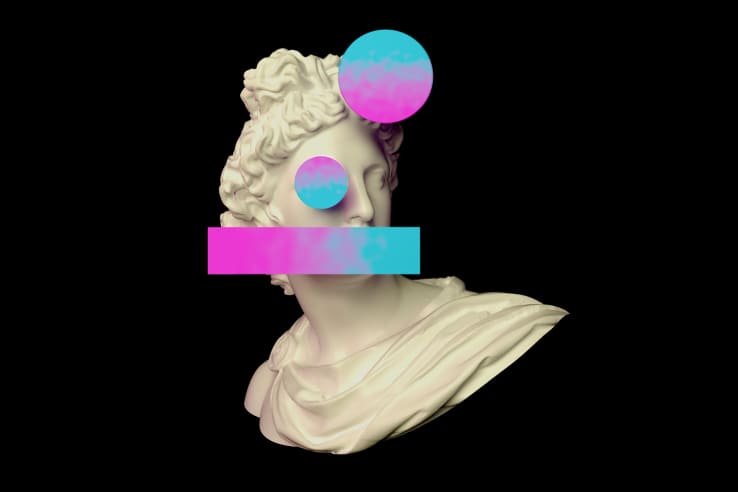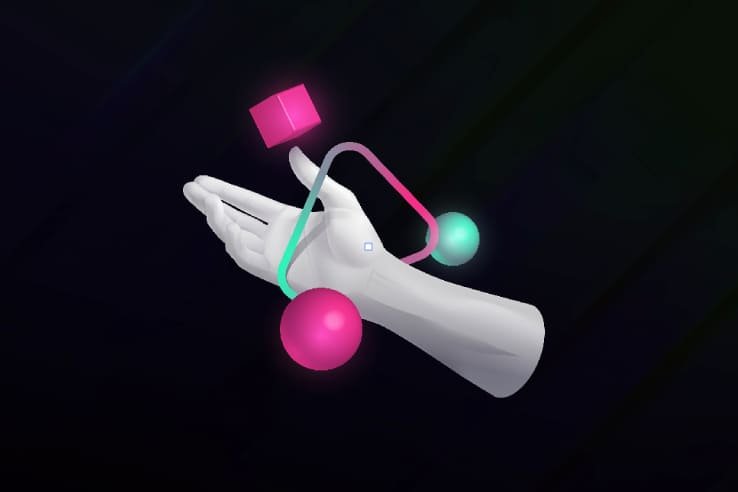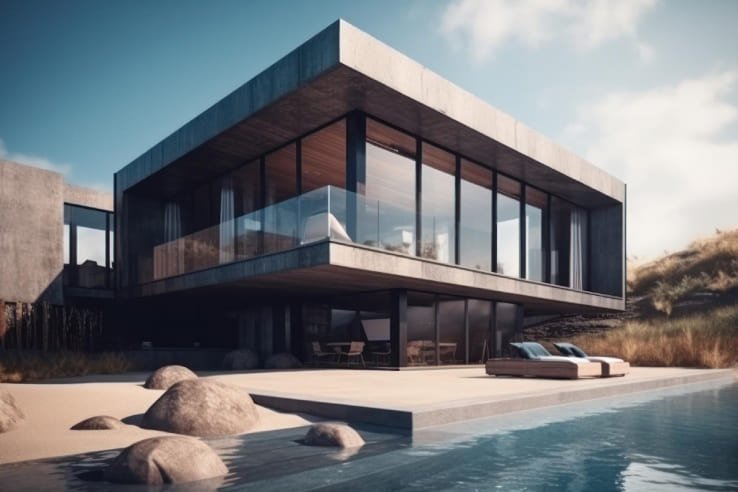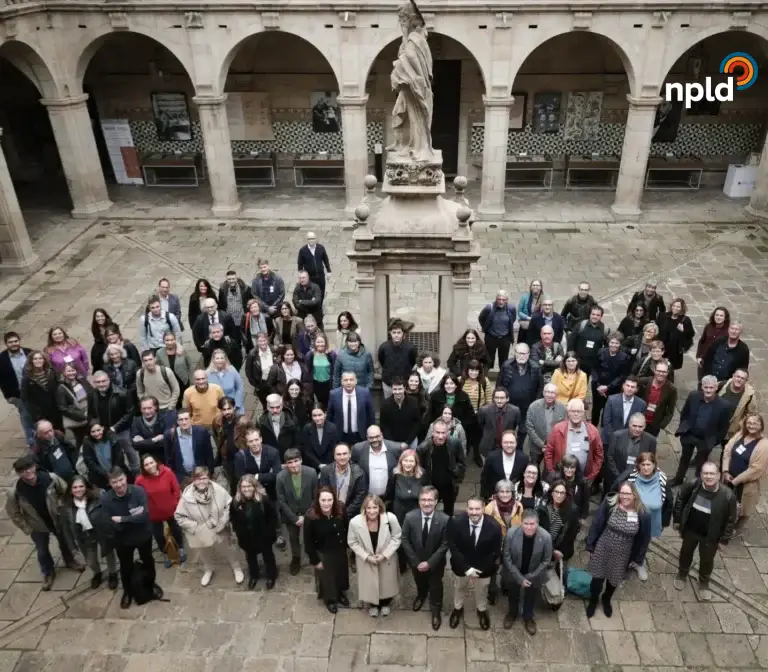
What is 3D modeling? Uses and applications
Share note:
The world of design and creation has undergone a true revolution thanks to 3D modeling, a fascinating technique that allows us to bring ideas and concepts to life in a three-dimensional way. From architecture to video games, 3D modeling has made its mark in a wide variety of industries, offering endless creative possibilities. In this article, we invite you to dive into the exciting world of 3D modeling and discover how this discipline has conquered the hearts of artists, designers and engineers.
Definition and Concept
3D modeling is a form of digital art that allows the creation of three-dimensional representations of objects, characters and environments through specialized programs. It’s like sculpting, but in the digital world. Each 3D modeler is a digital sculptor, bringing their visions and creations to life from scratch.
In essence, the process consists of using tools and software to manipulate vertices, edges and polygons within a 3D space. There are several techniques for creating a 3D model, from box modeling to curve modeling and digital sculpting. Each technique has its own advantages and is chosen according to the needs and objectives of the project.
Importance and Applications
The versatility of 3D modeling has brought this technique to a wide range of industries. From advertising to video games, 3D modeling has left an indelible mark on the way we imagine, design and visualize the world around us.
In the film and animation industry, 3D modeling has revolutionized the creation of characters and scenery. Whether in animated films or film productions with visual effects, 3D modeling has opened the door to imaginary worlds and alternate realities.
In video game development, 3D modeling is essential for creating captivating environments and memorable characters. Game designers use this technique to bring virtual worlds to life, providing players with immersive and exciting experiences.
In interior design and architecture, 3D modeling has made it easier to visualize projects and has allowed clients to explore spaces before they become reality. With 3D modeling, architects can present 3D designs of buildings and structures, allowing clients to better understand the end result.

Fundamentals of 3D Modeling
Modeling Tools and Techniques
3D modeling encompasses a wide range of techniques and tools, each with its own methodology and purpose. Among the most common techniques are box modeling, where you start from a primitive object and add details, and curve modeling, which offers high precision for object design.
Digital sculpture has gained popularity in recent years, allowing artists to sculpt digital objects as if they were real sculptures. Each technique offers specific advantages and 3D modelers can combine them to achieve unique and captivating results.
Types of 3D Modeling
3D modeling has developed into several specialties, each focused on a particular field. Some of the most prominent types include:
- Modeling for film and animation
- Modeling for videogames
- Modeling for interior design
- Modeling for architecture and construction
Each type of 3D modeling has its own characteristics and challenges, but all share the common goal of bringing the artist’s creativity and vision to life.

How 3D Modeling Works

Three-Dimensional Model Creation Process
The 3D modeling process begins with an idea or concept that materializes in the artist’s mind. Then, using specialized software, this idea is shaped by manipulating vertices, edges and polygons to build the three-dimensional structure of the object.
The artist perfects details and adds textures to give realism and depth to the model. Once completed, the 3D model can be viewed from different angles and can be animated to create movements and expressions.

3D Modeling Software
3D modeling has benefited greatly from the development of advanced software. There are numerous professional tools that offer a wide range of functions and features to meet the needs of artists and designers.
Some of the most popular programs for 3D modeling include 3ds Max, Maya, Blender, Cinema 4D and SketchUp. Each software has its own advantages and the choice depends on the artist’s approach and experience.

Industries in which 3D modeling is applied
Film and Animation Industry
In the film and animation industry, 3D modeling is an indispensable tool for the creation of fantastic worlds and captivating characters. Animated films and visual effects productions use this technique to bring to life mythological beings, exotic landscapes and imaginary worlds that transport us to magical and unexplored universes.
Some of the most popular programs for 3D modeling include 3ds Max, Maya, Blender, Cinema 4D and SketchUp. Each software has its own advantages and the choice depends on the artist’s approach and experience.
Video Game Development
In the world of video games, 3D modeling is a key element to generate interactive and immersive experiences. Game designers use this technique to bring to life heroes, villains and scenarios full of detail and realism. Players can explore virtual worlds, interact with unique characters and immerse themselves in epic adventures, all thanks to the power of 3D modeling.
Interior Design and Architecture
In the field of interior design and architecture, 3D modeling has revolutionized the way projects are presented and communicated. Architects and designers can create three-dimensional models of buildings and spaces, enabling clients to visualize the end result accurately and make informed decisions about designs and materials.

Advantages and Benefits of 3D Modeling
Time and Cost Reduction
3D modeling has transformed the way projects are developed in various industries. Thanks to the digital creation of models, development times are significantly shortened, allowing for greater agility in production. In addition, by avoiding the need to create physical prototypes, the associated costs are reduced, optimizing available resources.
2. Prototyping and Digital Simulation
One of the most notable advantages of 3D modeling is its ability to enable digital prototyping and advanced simulations. This allows designers to test different concepts and scenarios before moving on to the production phase, ensuring a more accurate and functional design.
3. Accuracy and Detail in Designs
The 3D modeling allows to achieve an unmatched level of detail and realism in the designs. Every texture, shape and movement can be adjusted with millimeter precision, resulting in visually stunning, high-quality projects.

Future of 3D Modeling
Trends and Technological Advances
The future of 3D modeling looks exciting, with technological advances that promise to take this technique to new horizons. Virtual reality and augmented reality are increasingly being integrated into 3D modeling, opening the door to interactive and immersive experiences in a variety of areas, from entertainment to education.
New Applications and Opportunities
With the advancement of technology and the increasing demand for stunning visual experiences, 3D modeling will continue to expand into new applications and opportunities. From medicine to fashion design, 3D modeling is poised to redefine the way we interact with the world around us.

Conclusions on 3D Modeling
Advantages and Uses Summary
3D modeling has revolutionized the way we conceive and create objects, characters and environments. Its ability to capture ideas and bring imagination to life makes it an essential tool in a wide range of industries.
Impact on Different Industrial Sectors
From film to architecture, 3D modeling has made its mark in a variety of industries, driving creativity and innovation in every field. Thanks to its advantages and benefits, 3D modeling has paved the way for the future of design and creation, promising exciting advances and opportunities on the horizon.
In conclusion, 3D modeling is a powerful creative tool that has revolutionized the way we see the world and materialize our ideas. With its ability to generate realistic virtual scenarios and bring fascinating characters to life, 3D modeling will continue to captivate our senses and explore new boundaries in artistic and technological creation. The future of 3D modeling looks exciting, with endless possibilities to be discovered in a three-dimensional universe full of creativity and imagination.
Would you like to apply 3D technology in your projects? At Virtual Arena we are specialists in consulting and development of 3D design and animation.
Recent articles
Do you have a project in mind?
Related articles







